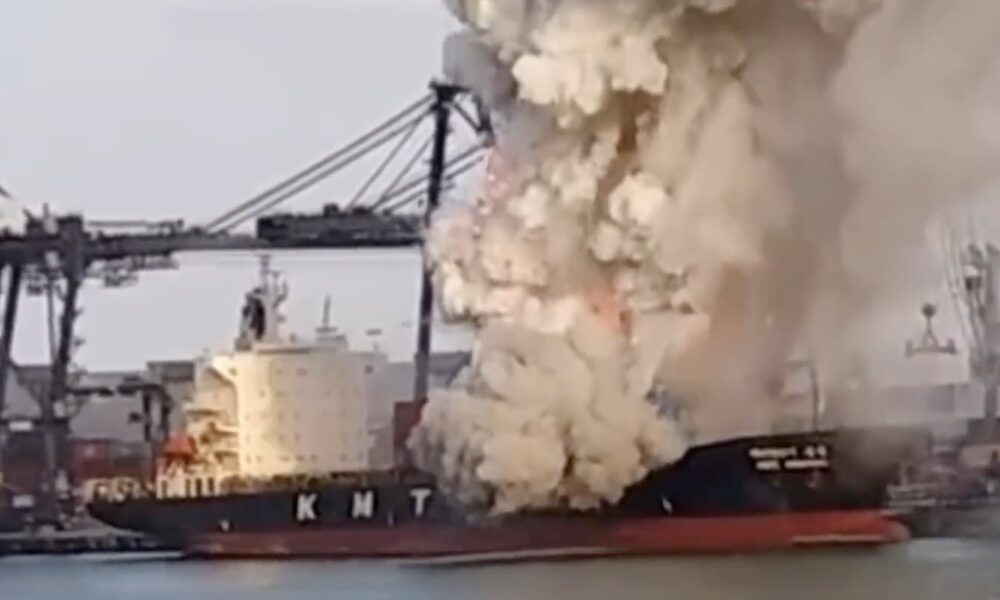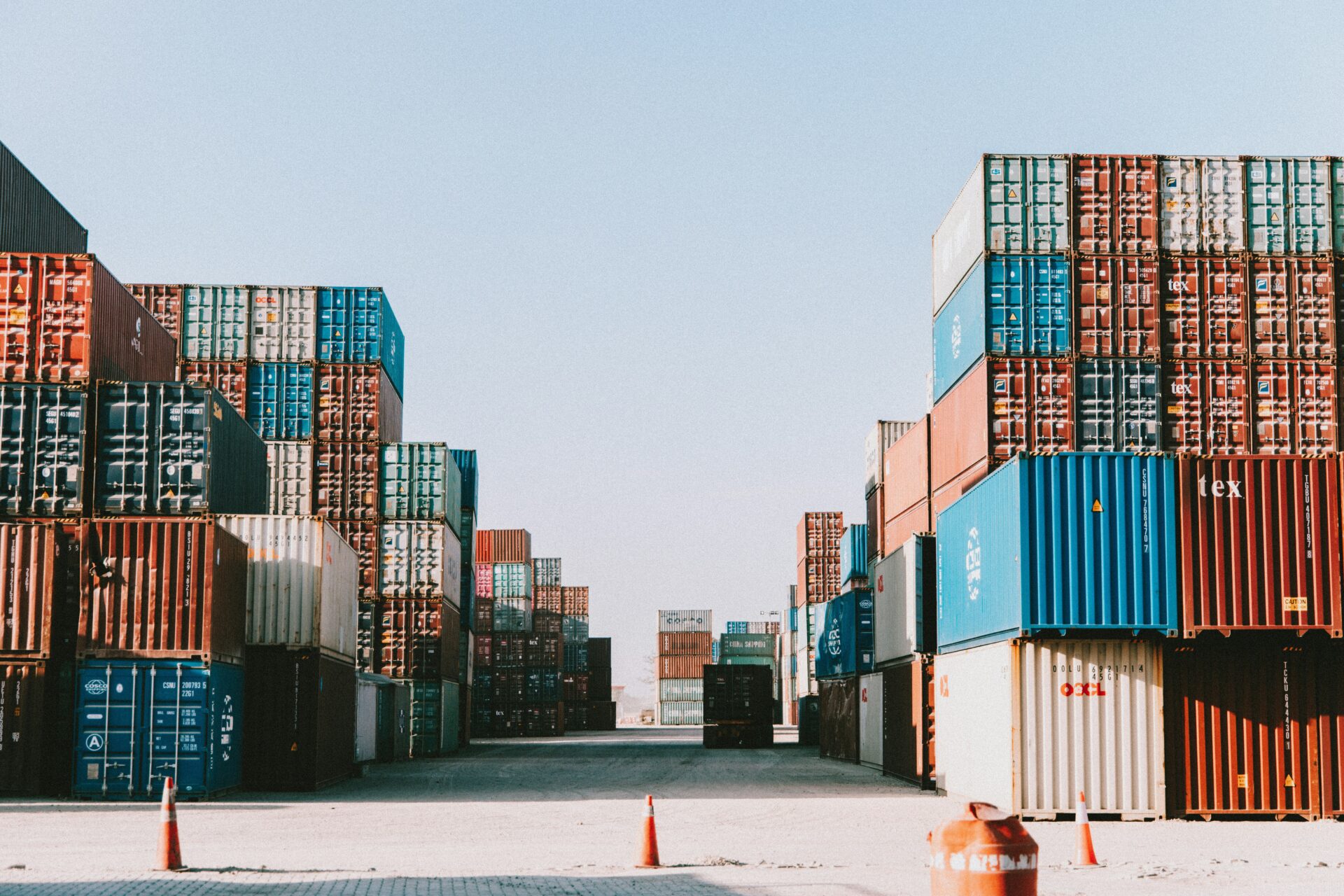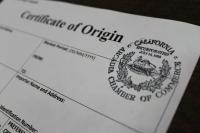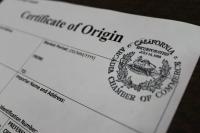ONE IN TEN CONTAINERS FAILS SAFETY CHECK, WSC WARNS
The World Shipping Council (WSC) has released a new report revealing that 11.39% of inspected cargo shipments contained deficiencies in 2024, continuing a vital data series that the International Maritime...

The World Shipping Council (WSC) has released a new report revealing that 11.39% of inspected cargo shipments contained deficiencies in 2024, continuing a vital data series that the International Maritime Organization (IMO) discontinued last year.
Drawing on port state inspection data, the report shows a slight increase from the IMO’s final 2023 figure of 11%. Identified deficiencies include mis-declared and undeclared dangerous goods, incorrect documentation, and improper packing – all potential catalysts for serious safety incidents, including ship fires.
“Cargo safety starts with correct declaration and safe packing of goods,” said Joe Kramek, President & CEO of the World Shipping Council. “With over one in ten shipments showing deficiencies, the message is clear: gaps in cargo safety remain far too common. Cargo deficiencies put crews, ships, cargo, and the environment at risk.”
The WSC report continues a data series dating back to 2011. Under international law, port States may inspect containers to ensure cargo complies with international regulations and standards, particularly regarding the declaration and packing of dangerous goods.
Historical data reveals fluctuating deficiency rates, with notable increases since 2021. Deficiency rates were 8.64% in 2017, decreased to 6.54% in 2019, rose sharply to 10.86% in 2021, dipped to 7.84% in 2022, then climbed to 11% in 2023 before reaching the current 11.39%.
Currently, only seven port States contribute data to this reporting initiative. “By continuing this reporting, we can identify trends and take appropriate action to improve the safety of shipping,” Kramek noted. “With only seven port States currently reporting, there is an opportunity for more governments to contribute their data, strengthening the global picture and helping to make shipping safer for everyone.”
The WSC is developing an industry cargo safety program to improve cargo screening and inspections, with plans to launch it in the near future. “Data like this shows why the Cargo Safety Program is needed,” Kramek explained. “By pairing accurate reporting with better screening, clear standards, and practical guidance, we can reduce risks and protect lives, cargo, and the marine environment.”
This reporting builds on WSC’s wider cargo safety work, which includes co-developing the CTU Code Quick Guide and Checklist to help pack containers safely, supporting efforts to reduce container losses at sea, and working with the IMO on stronger dangerous goods rules.
The consolidated results were submitted in a paper to the IMO’s Sub-Committee on Carriage of Cargoes and Containers (CCC) meeting, which began today.
Mike Schuler









